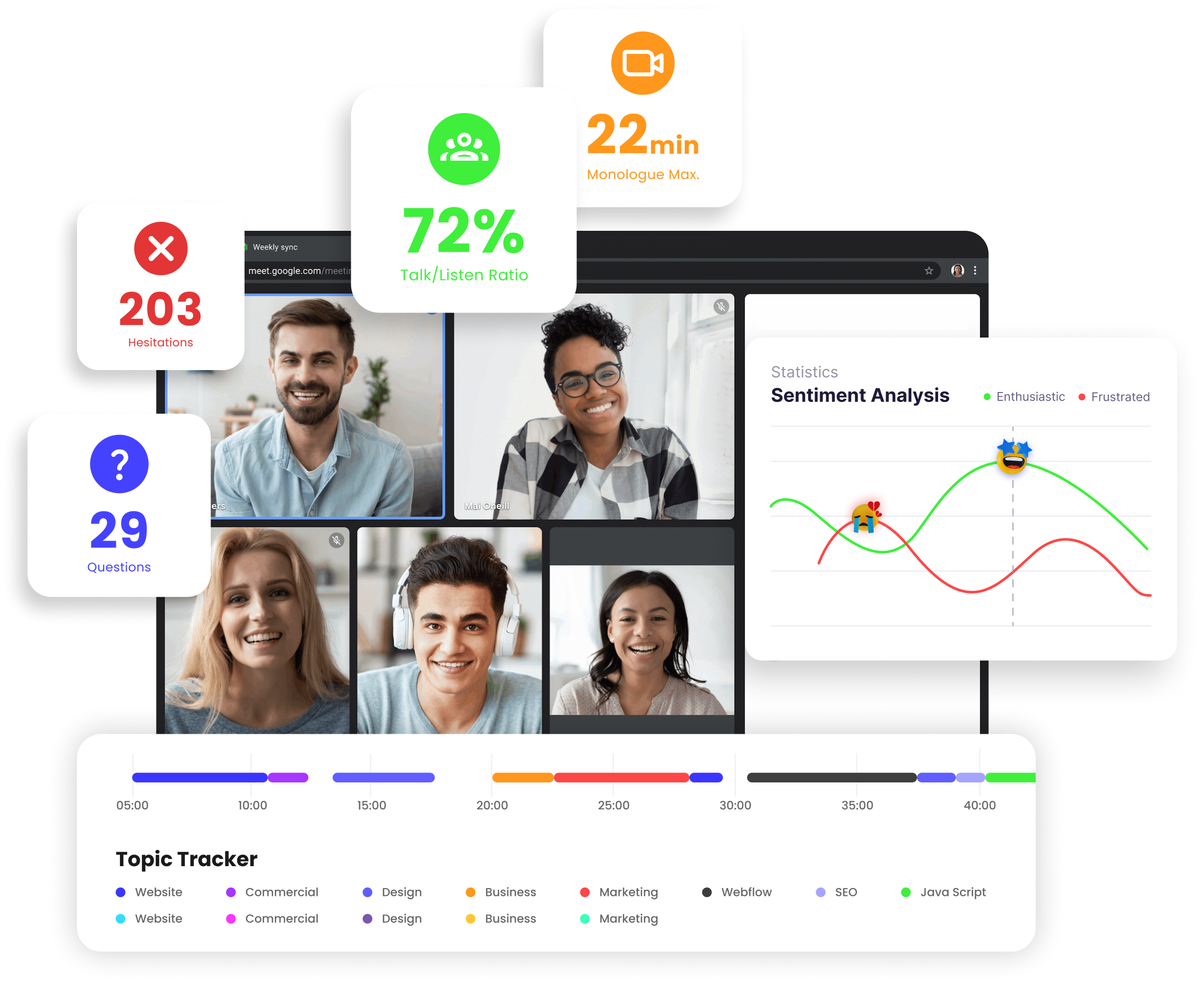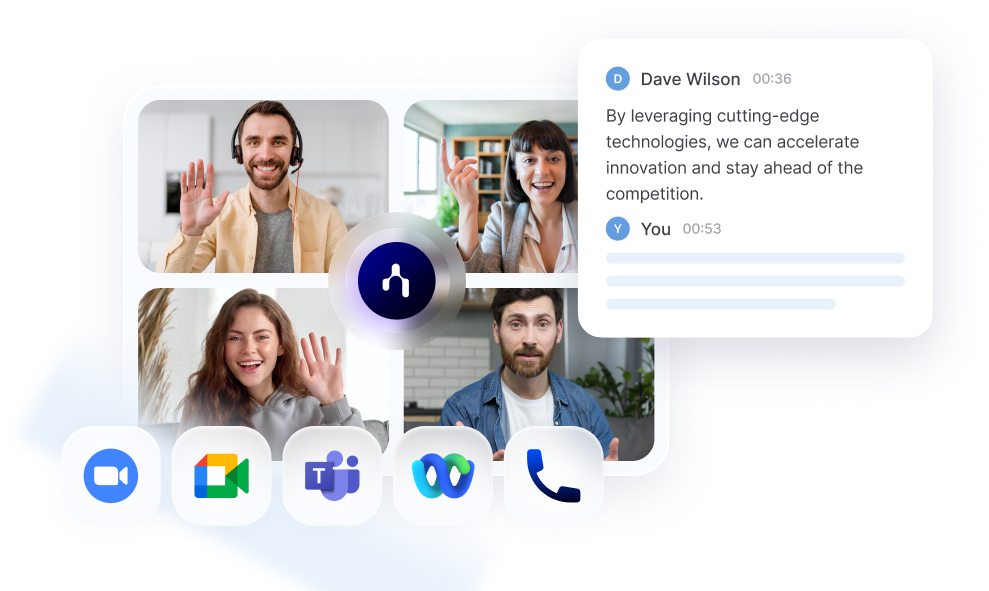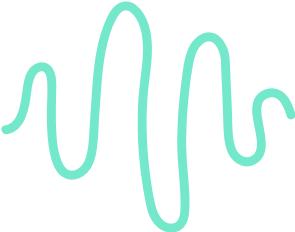Call Intelligence : a Guide with The Best Tools

Your Call Data in One Place
AI call notes, real-time coaching, conversation intelligence, CRM integration, and more...
Most of your insight disappears the moment the call ends.
That’s where call intelligence changes everything.
In this article, you’ll learn what call intelligence really is (in simple terms), which KPIs help you extract meaningful insights without getting overwhelmed, and the best platforms.
What is Call Intelligence?
Call intelligence is the process of recording, transcribing and analysing phone or video conversations—then using what you learn to drive better outcomes.
It leverages AI and natural language processing (NLP) to transcribe, tag, detect sentiment, extract keywords, and highlight patterns.
The benefits ?
- Voice of the customer at scale: Every call becomes a field of data. You don’t just rely on surveys— you hear what prospects say. Call intelligence reveals pain points, motivations, competitor mentions, and missed opportunities.
- Better content & service alignment: As someone offering AI content creation or consulting, insights from calls let you refine your service pitches, adapt your content strategy, or build modules your clients really care about.
- Less manual work, more clarity: Instead of sifting through recordings and Excel sheets, the system surfaces what matters—keywords, sentiment shifts, who did the talking—so you spend less time organising and more time acting.
- Improved coaching & performance: If you have a team (content writers, account managers, salespeople), call intelligence helps you identify best practices and weak spots by analysing how calls were handled.
KPIs to Watch for Call Intelligence
.png)
Key Performance Indicators (KPIs) let you spot what’s working, what isn’t, and where you should focus next. I walk you through the most meaningful KPIs for call intelligence
Operational Conversation Metrics
These reflect what happens on the call, and they’re foundational for call intelligence.
- Talk vs Listen Ratio: How much did you speak vs how much the prospect or client spoke? If you spent most of the call talking, you might not have learned enough. AI-based tools track this automatically.
- Call Duration / Average Handle Time (AHT): How long did the call last? While long calls aren’t inherently bad, unusually long ones may indicate unclear agenda or scope creep. Short ones might mean you didn’t dig deep. Traditional contact-centre metrics like AHT are still relevant.
- First Contact Resolution (FCR): From a consulting or content-marketing services angle, FCR can be adapted to “first call clarity” – did you leave the call with clear next steps, or is follow-up required just to clarify what you discussed? Higher FCR means fewer wasted calls.
- After Call Work (ACW) / Administrative Time: How much time do you and your team spend writing notes, drafting emails, figuring out follow-ups? Minimising this frees up bandwidth for content creation and strategic work.
Quality & Insight Metrics
These are where true call intelligence shines: turning conversations into insight.
- Sentiment Analysis / Emotion Shift: Was the prospect’s tone positive, neutral, hesitant? Did it shift during the call? AI tools can pick up on frustration, excitement or hesitation. These cues tell you when you’re winning trust—or when you’re losing it.
- Keyword Mentions / Topic Frequency: In a call with a content-marketing prospect you might track how often terms like “AI content”, “workflow”, “repurpose” or “quality drop” come up. If a term spikes, it becomes a clue for your next piece of content or service offering.
- Next Step Capture Rate: Did the call produce a clear next step (e.g., “we’ll send draft by X date”, “you’ll grant access to repo”)? And did that next step go into your CRM or project tracker? If the rate is low, you risk losing momentum.
- Deal / Scope Risk Signals: Did the system detect an objection (e.g., “pricing too high”, “we’re going with competitor”) or mention of a competitor? These warning signs help you decide whether you need to intervene with a tailored approach.
Business Outcome Metrics
These show how conversation intelligence ties back into your core business goals—essential if you’re selling services or content.
- Lead Conversion Rate from Calls: What percentage of prospect calls convert into scope, proposal or project? Call intelligence should help you raise this rate by improving how you run calls and follow-ups.
- Content/Deliverable Turnaround Time: After a call you issue a follow-up and then a deliverable (e.g., draft blog, content strategy). If you shorten this turnaround time, your service appears more responsive and professional.
- Client Retention / Churn Rate: For consulting and content services, long-term relationships matter. If you use call insights to address pain points early, you reduce the risk of clients walking out because of misalignment.
- Revenue per Call or per Call-Driven Engagement: For each call you make (or receive), how much business does it generate? Using keywords and sentiment insights can help you prioritise high-value interactions.
Best Call Intelligence Platforms

Platform A: Noota
What it is
Noota is a call-and-meeting intelligence platform that does more than just transcribe—it records, summaries, tags key moments, detects tone/sentiment, and can automate follow-up emails and CRM updates.
For example, after a call, Noota can flag objections, decisions, next-steps, then update your CRM and prepare a draft email.
Key features
- Real-time call/meeting transcription via browser or mobile app.
- Sentiment/tone analysis and key-question/objection detection.
- One-click dialing and contact detection on web.
- CRM/ATS/other-tool integration so call data flows into your workflow.
- Automated email drafting and action item generation.
Try Noota for free now.
Platform B: Sales-Focused Tool (e.g., Gong or Chorus)
What they are
These platforms are designed primarily for sales teams: revenue-intelligence, pipeline risk detection, call coaching at scale. For example, Gong is cited in reviews as having deep analytics for deal forecasting.
Key features
- Deal-risk scoring, competitor mention detection, stakeholder detection
- Rep performance dashboards, talk/listen ratios, objection trends
- Strict integrations with CRM and sales stack
Pricing
Often held as “contact for pricing” and tends to sit in higher tiers (e.g., $100+ per user/month mentioned for some).
Platform C: Mid-Market / Content/Workflow Oriented Tool (e.g., Avoma)
What it is
Avoma and similar tools aim to sit between sales-centric platforms and general note-taking tools: transcriptions + insights + coaching + workflow alignment.
Key features
- Talk pattern insights, chapters, topic tagging
- Live coaching and objection detection
- CRM integrations, usable for both sales and consulting workflows
Pricing
Example: CI add-on at ~$29 per user/month when billed annually.
This kind of tool may hit the sweet spot if you want a mix of capturing call data and feeding it into your content/consulting delivery without paying enterprise sales-tool prices.
Your Call Data in One Place
AI call notes, real-time coaching, conversation intelligence, CRM integration, and more...
Related articles

Forget note-taking and
try Noota now
FAQ
In the first case, you can directly activate recording as soon as you join a videoconference.
In the second case, you can add a bot to your videoconference, which will record everything.
Noota also enables you to translate your files into over 30 languages.

.svg)
.svg)
.webp)
.png)


.svg)
